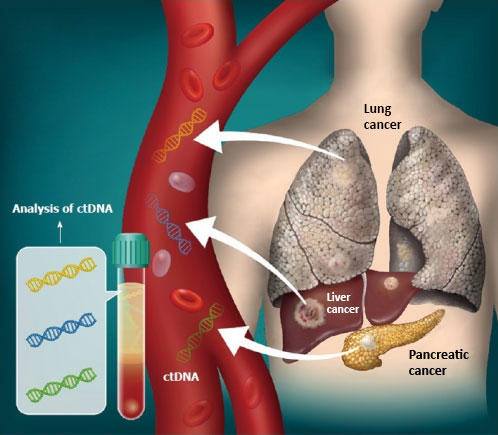A new best management practice (BMP) guide for phosphine use in stored grain fumigation is now available.
This new guide offers a comprehensive resource for growers, bulk handlers, researchers and extension specialists across the grain industry.
NSW Department of Primary Industries and Regional Development (NSW DPIRD) research Entomologist and a co-author of the publication, Dr Jo Holloway, said this guide has been developed by experts with extensive experience in stored grain research, bulk handling and extension.
"The BMP guide is designed to support industry-wide adoption of best practices to help sustain the effectiveness of phosphine as a critical fumigant," Dr Holloway said.
"The guide brings together all available information on phosphine use into a single authoritative source.
"Phosphine is widely used because it's cost-effective, easy to apply, leaves no residues and is accepted in all markets, but its continued effectiveness depends on how we use it.
"This guide provides the knowledge and tools needed to manage resistance and ensure phosphine remains viable for the long term."
The BMP guide covers key topics including:
- Phosphine's mode of action
- Fumigation practices, formulations and ventilation times
- How resistance develops and how to manage it
- Operational and regulatory constraints
Dr Holloway said the guide is relevant to anyone involved in managing insect infestations in stored grain, from growers to bulk handlers, and is also a valuable resource for students and researchers.
"By following the BMPs outlined in this guide, the industry can work together to protect the future of phosphine and maintain Australia's strong reputation in postharvest commodity protection."
The Phosphine Best Management Practices: Disinfesting Stored Commodities guide, published in May 2025 by the Grains Research and Development Corporation (GRDC) in collaboration with the Queensland Government Department of Primary Industries (under investment DAQ2209-001RTX), features contributions from leading post-harvest grain protection experts, including specialists from NSW DPIRD.
The BMP guide is available for download from the Grains Research and Development Corporation (GRDC) website, where hard copies can also be requested.






